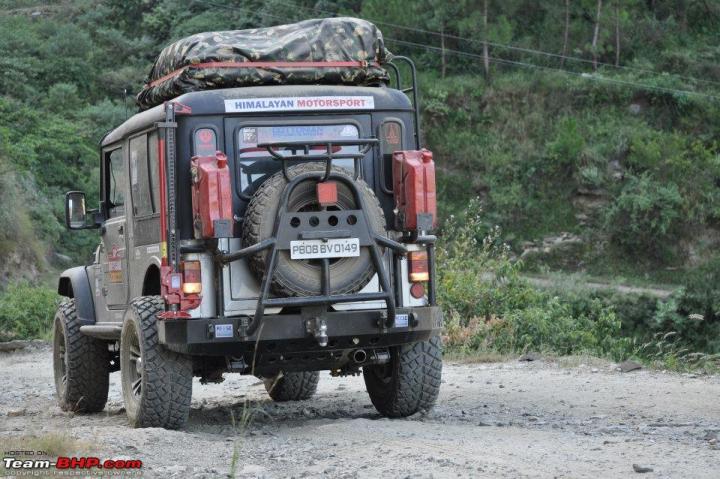News
Monocoque vs body-on-frame SUVs in India | Pros & Cons
At similar prices and in the same segments, there is a whole lot of overlap between SUVs & MPVs of both types (monocoque or body-on-frame). Given a choice between the two, which would you pick and why?
Monocoque vs body-on-frame SUVs - Your Choice?
The below posts from Hayek & Axe77 got me & GTO thinking...
At similar prices and in the same segments, there is a whole lot of overlap between SUVs & MPVs of both types (monocoque or body-on-frame). This is a unique situation as we don't see that in other segments; for instance, all hatchbacks & sedans you can buy today are monocoque only. But within the UV space, you have to choose between a body-on-frame (BOF) and monocoque construction. And its seen across the segments = there is price overlap between the Scorpio & Creta, Kodiaq & Fortuner and even in the uber-rich space, there is the mighty Land Cruiser vs luxury European monocoque SUVs. People are cross-shopping between the Safari & Innova!
We recently had an offroad-centric discussion on the topic and it was clear that both types have their pros & cons. But what about the mainstream on-road audience who want an SUV for office runs, leisure outings and highway road-trips? Given a choice between the two, which would you pick and why?
Hayek said,
Have said this on other threads, and I do get surprised when people feel that quality monocoque crossovers should not be as expensive as cheap pick up based SUVs like the Fortuner and Endeavour. The fact is that people like me who buy monocoques would never think that a terrible to drive truck is an alternative for the product we like - and the cross overs could never serve on the rural roads that are the home base of the truck based SUVs.
Axe77 said,
100% agree with this. The brute SUVs have their own USP and the sophisticated well built crossovers their own. I would happily consider a crossover but would never consider buying a Fortuner for sure. However, when it comes to price, one must bear in mind that barring the Tucson, almost every product mentioned in that list above is grossly overpriced and for the Citroen, a new entrant, being overpriced even in comparison shows just how badly it is priced.
Monocoque SUVs & Crossovers

Lighter kerb weight: Hence better performance, fuel efficiency, handling & braking! This is also why monocoque crossovers can make do with a smaller engine and still offer faster acceleration versus a larger-engine'd BOF UV.
Easier ingress & egress: A monocoque vehicle's floor isn't as as high off the ground as BOF SUVs. Translated, getting in and out will be considerably easier, especially for the aged people in your house.
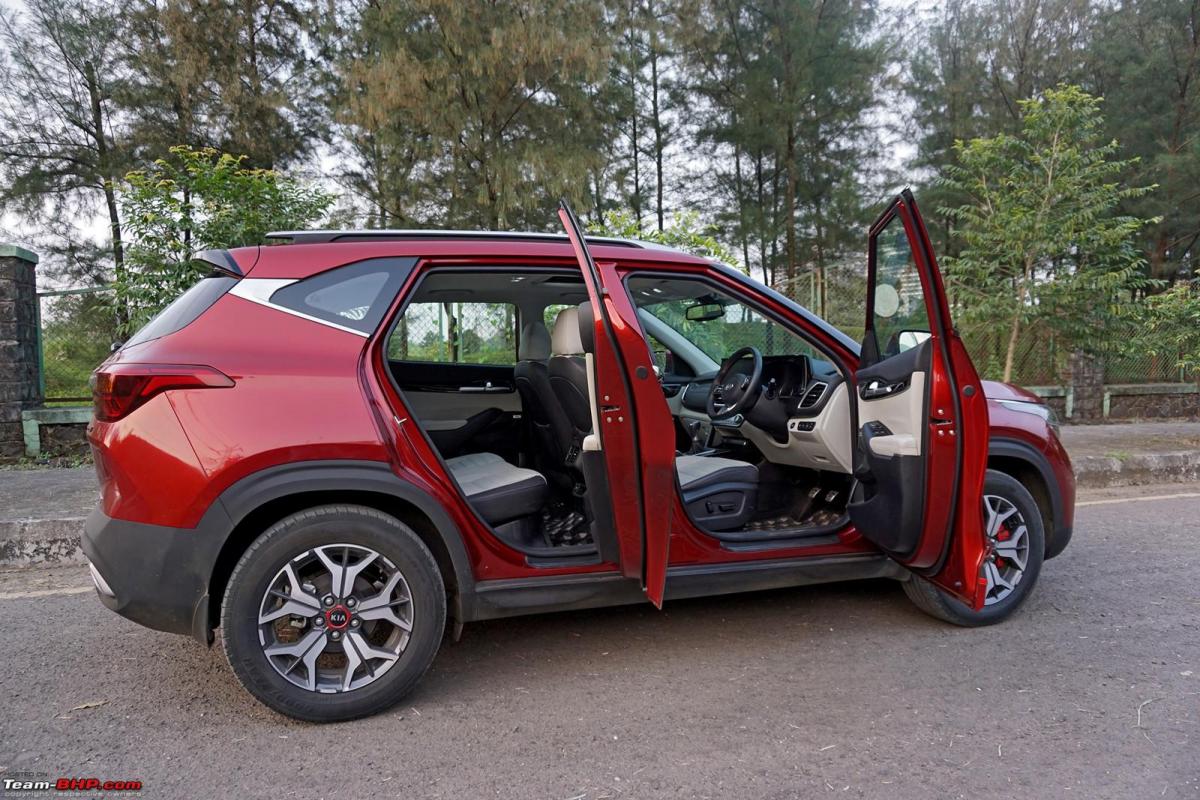
Better road manners & easier to drive: In terms of handling, the monocoque will run rings around a BOF. They corner better, flatter and as an added bonus, rollovers are far less likely. Several monocoque SUVs can be fun to drive (Kushaq, Seltos, XUV300, CR-V), but you will be hard-pressed to find BOF SUVs that are fun on the winding road.

Superior ride comfort: In general, monocoque SUVs tend to ride better than body-on-frame ones. Some BOF SUVs can get very bouncy / bumpy. In comparison, the monocoque crossovers behave just like regular sedans.

Arguably safer: Because of their superior handling, lower tendency to topple, crumple zones etc. it can be argued that monocoques are generally safer than body-on-frames. Try a 120 km/h emergency manouveur in a Fortuner & Kodiaq, then come back to tell us which one you survived. Many studies too state that monocoques are the safer choice.
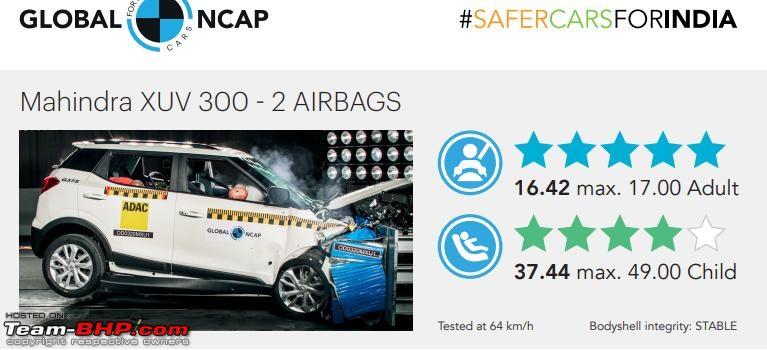
The sheer choice! Under 25-lakh rupees, thanks to the flood of crossovers, you have far greater choice among monocoque SUVs than hardcore BOF UVs.
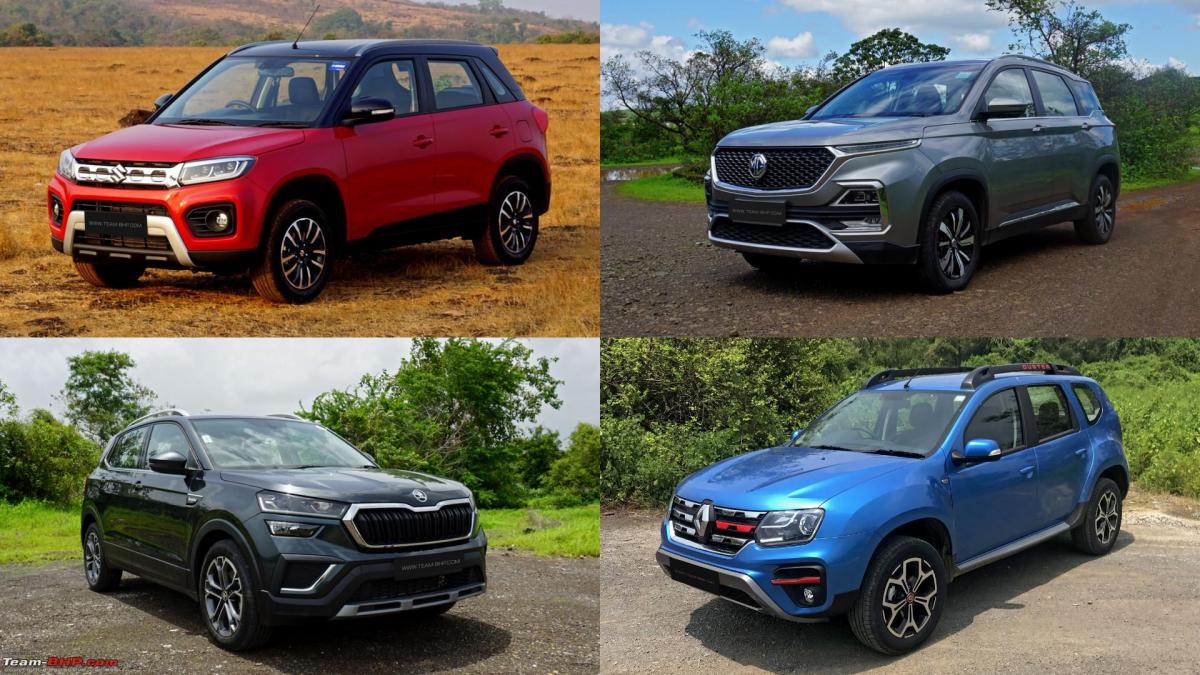
Body-on-frame SUVs
Tough, robust and overload friendly: BOF UVs are usually tougher, more abuse-friendly and can handle overloading. Ever seen those Mahindras in rural India with 20 people hanging out of the doors & tailgate? Try that in a monocoque. BOFs can take a lot more stress, which makes them the preferred choice for taxis, commercial vehicles, cargo & towing. A ladder frame chassis is extremely durable & dependable. There is a reason why Toyota sticks with a BOF construction for the Innova, a car which is the undisputed king of durability in India

Simpler, easier & cheaper to repair: The chassis of a BOF is separate from its body, which makes it easier to work on if it is damaged in an accident. As the body and frame are separate, you can replace one or the other (rather than both) as required too. Repairs could be cheaper in the BOF.
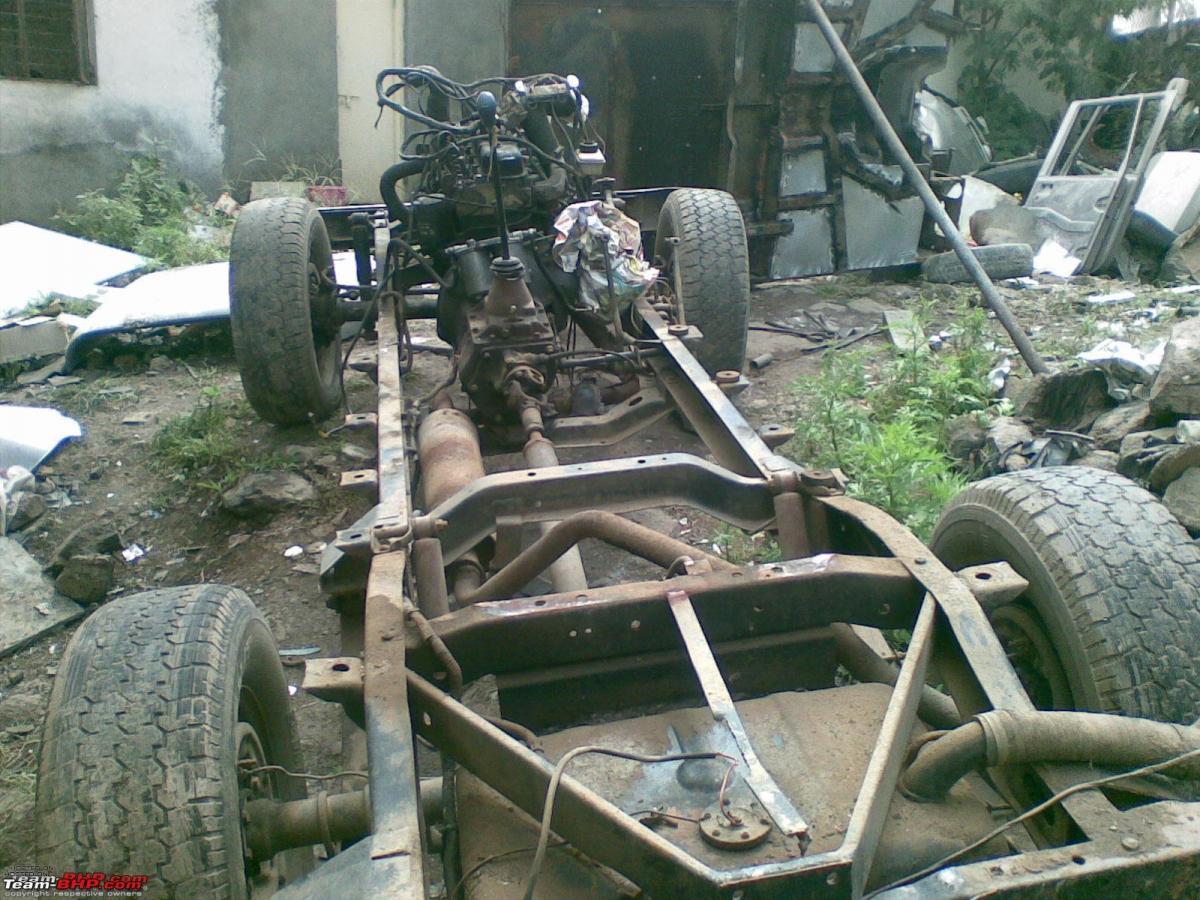
Better offroad capability: Read here on the advantages when 4-wheeling, including articulation + cheaper to fix + higher average GC + SPOA etc. Heck, you will be hard-pressed to even find 4x4 or AWD as an option on the monocoque SUVs. 99% of them are FWD.

Upgrade friendly: The mechanically simpler nature of a body-on-frame SUV allows it to be customised and upgraded more easily with aftermarket parts. You can cut, weld & beef up a BOF like you can't imagine!

Long-term durability: Based on anecdotal evidence, we can tell you that body-on-frame UVs have greater durability. They are also significantly easier to restore, hence odds are, you'll see more 15 - 20 year old BOFs than monocoques on our roads.

Check out BHPian comments for more insights and information.




